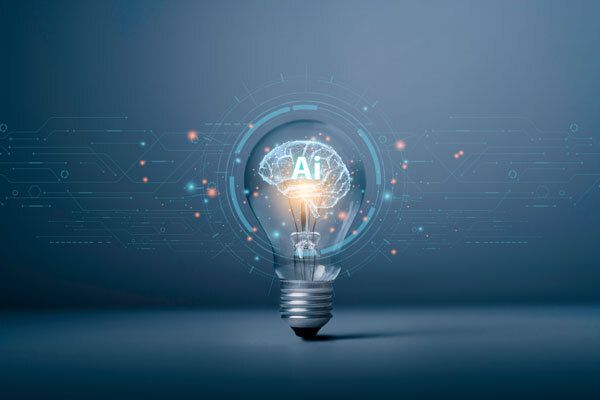 Records management in government is a pivotal function. Without properly maintained records, government agencies would be unable to function, much less successfully execute their mandates. Unfortunately, records management is also an incredibly challenging and increasingly complex task, especially as the sheer volumes of government records, as well as requests for public access to those records, skyrocket.
Records management in government is a pivotal function. Without properly maintained records, government agencies would be unable to function, much less successfully execute their mandates. Unfortunately, records management is also an incredibly challenging and increasingly complex task, especially as the sheer volumes of government records, as well as requests for public access to those records, skyrocket.
We’ve written previously about the power, potential, and limitations of AI for records management, and records managers are already beginning to explore the impacts of using AI. “The records profession has been responding to challenges in organizational transparency brought on by technological developments for a number of decades and has evolved and expanded in the process,” writes ARMA Magazine. “AI presents a new set of challenges as well as new opportunities that one can reasonably expect will be met and seized upon by records professionals.”
However, not all AI tools and technologies are the same. It’s worth taking some time to understand the specific subset of AI that may be likely to assist records managers: Generative Artificial Intelligence (GenAI).
What is GenAI?
GenAI is a type of AI technology that has been designed to create or produce new content based on the data it has been trained on. It uses advanced algorithms to identify patterns, context, and relationships in data. Unlike other forms of AI, which focus more on data analysis, smart automation, and prediction, GenAI can thus generate text, images, or other outputs that mimic human-created content.
In the context of records management, organizations can use GenAI’s capabilities to summarize documents, create reports, automate metadata generation, enable natural language queries in search, and even draft compliance or operational documentation. “AI benefits the overall documentation burden, reducing time and energy spent on workflow automation, summarization, note-taking, and recaps,” reports CIO Magazine.
What sets GenAI apart is its ability to understand patterns in data and produce contextually relevant outputs that can be understood—and sometimes even interacted with—conversationally. That by itself can significantly reduce the manual labor associated with managing records.
What can’t GenAI do?
GenAI can be extremely adept at emulating human intelligence but—so far—it’s just an imitation. “Most GenAI models are not ‘intelligent’ per se, but more complex pattern management systems,” one CISO told CIO Magazine. “The AI is error-checking for the probability of a pattern match based on its training, not for the quality of the content of the material.”
That means records managers need to set realistic expectations for what GenAI can’t do as much as for what it can do. For example, as the CISO quoted above alludes, the quality of GenAI’s output depends on the quality and diversity of its training data. Poorly curated datasets can and will lead to biased, incomplete, or just outright incorrect results. And for records managers subject to increasing demands for transparency, most GenAI tools operate as “black boxes,” making it difficult to trace how decisions or outputs were generated, which could pose challenges during audits or inquiries.
What about records produced by GenAI?
There’s another aspect to GenAI that records managers need to understand and appreciate: the generative part.
It is very likely that GenAI tools will eventually begin producing outputs that themselves will be considered records subject to record retention laws and policies. “As AI and IoT (internet of things) expand the range of actions, transactions, and events carried out by organizations, the scope of organizational records will increase and along with it the scope of AI records,” writes ARMA Magazine.
Ultimately, generative AI is poised to reshape the records management landscape, offering unprecedented efficiencies and insights. However, its adoption does require a thorough understanding of its capabilities and careful planning. Records management leaders in government agencies should view GenAI as a tool to augment—not replace—human judgment and expertise. By balancing GenAI’s strengths with its limitations, agencies can unlock its full potential while maintaining the integrity, security, and compliance that their vital function demands.
About PSL
PSL is a global outsource provider whose mission is to provide solutions that facilitate the movement of business-critical information between and among government agencies, business enterprises, and their partners. For more information, please visit or email info@penielsolutions.com.

